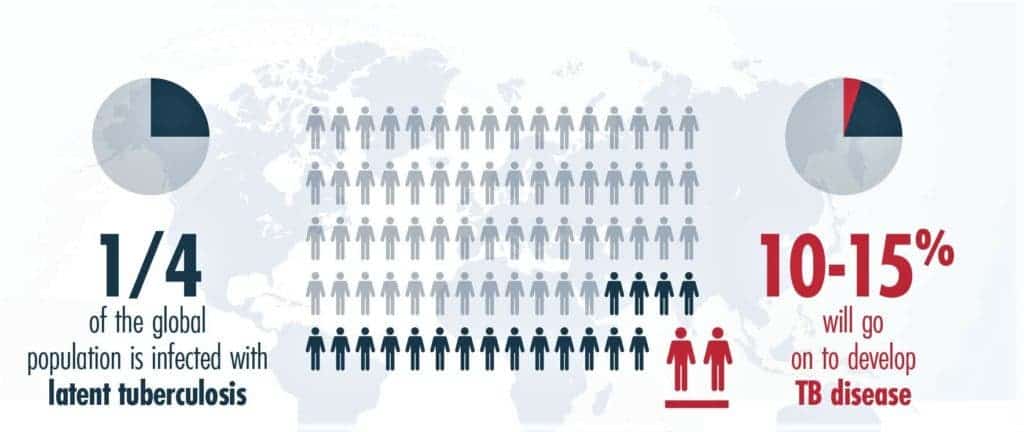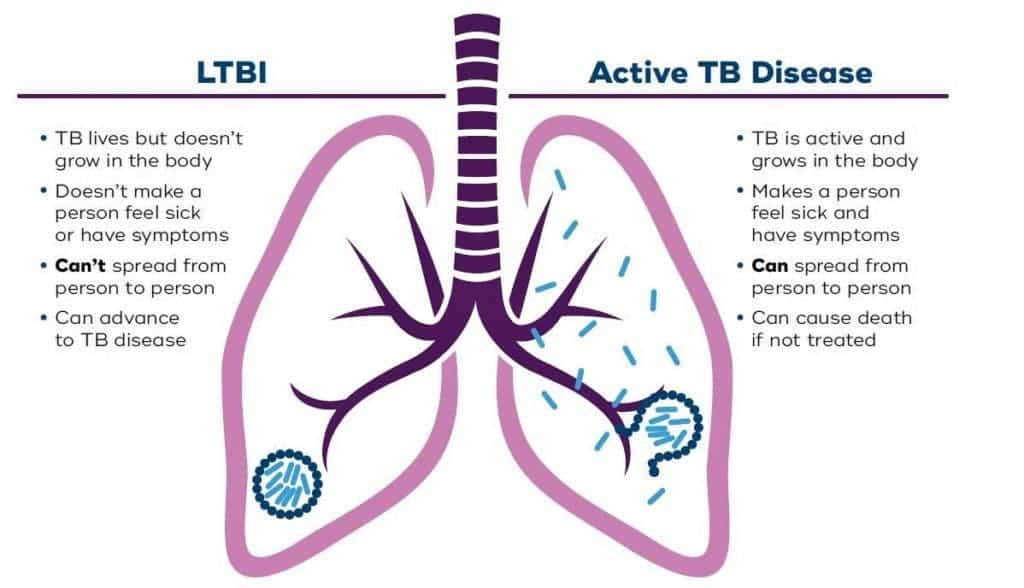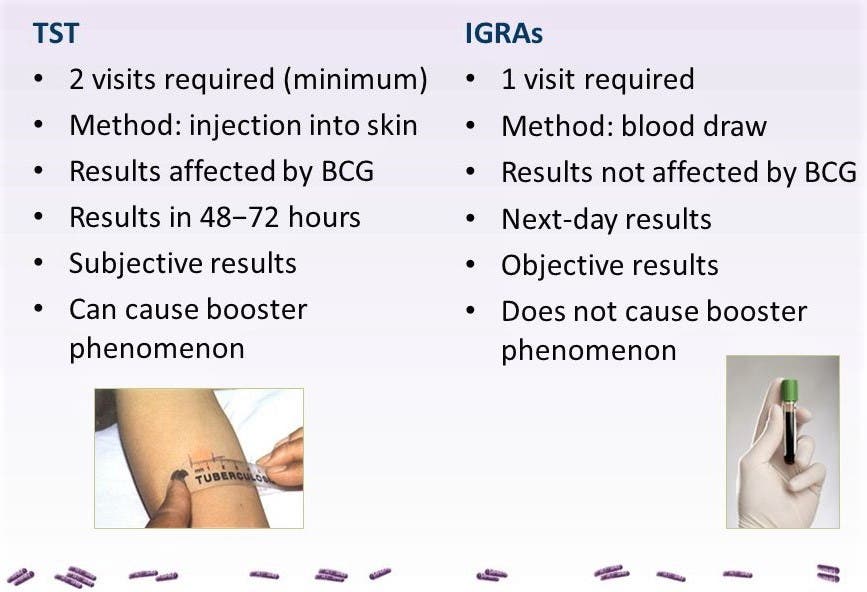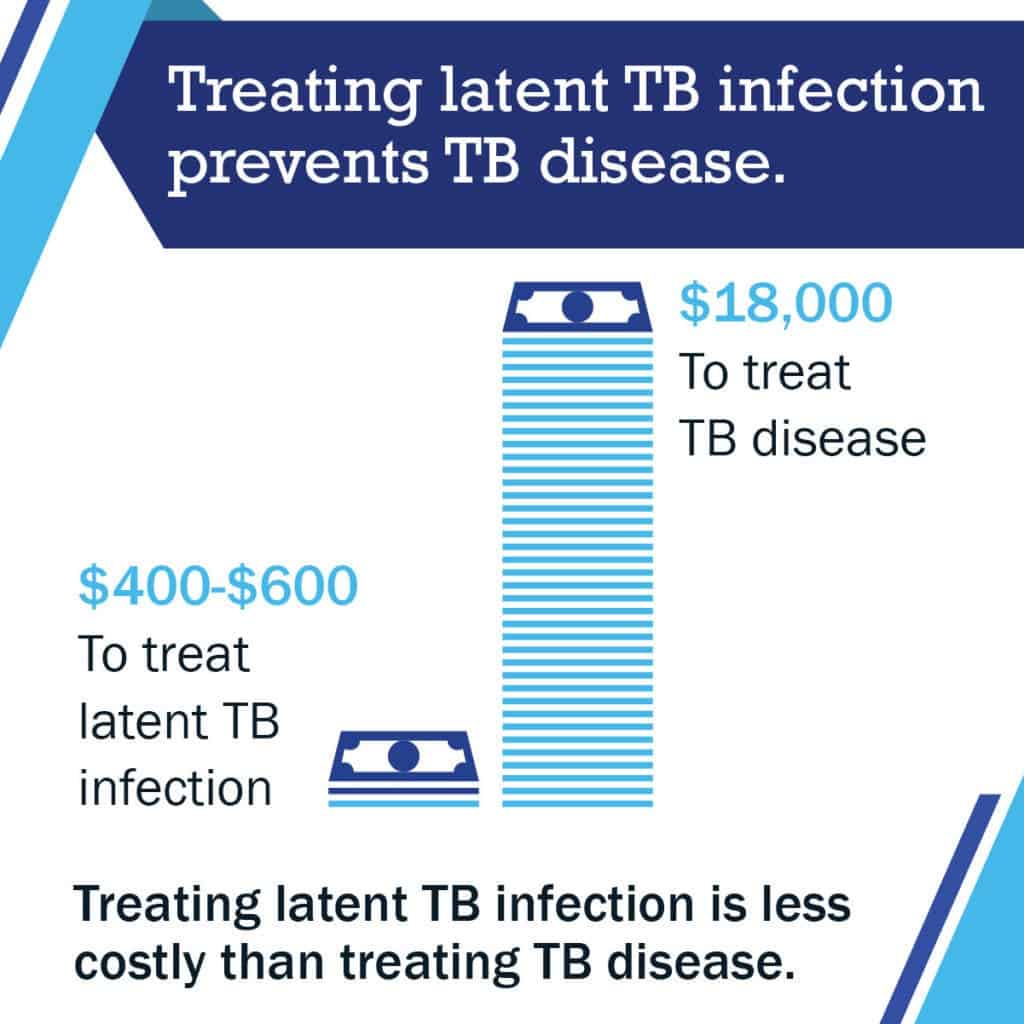
Tuberculosis (TB) remains the world’s deadliest infectious killer. Each day, nearly 4,500 people lose their lives to TB and close to 30,000 people fall ill with this preventable and curable disease. The disease tuberculosis is caused by the bacterium Mycobacterium tuberculosis, which affects more than 10 million people every year, and kills up to 2 million.
In 1999, the World Health Organization (WHO) estimated that one-third of the world’s population had latent tuberculosis infection (LTBI). Someone has latent TB if they are infected with the TB bacteria without signs of active TB disease and do not feel ill. However, they can develop active TB disease in the future.

The WHO estimate of one-third was recently updated to one-fourth, but this is still based on controversial assumptions on how many, patient with active tuberculosis may infect, but there has not been an empirical basis for these assumptions.
The assumption was also done in combination with tuberculin skin test (TST) surveys. Interferon-gamma release assays (IGRAs) with a higher specificity than TST have since been widely implemented, but never used to estimate the global LTBI prevalence.

A new study from Aarhus University Hospital and Aarhus University, Denmark, based on both IGRA and TST results published between 2005 and 2018, has shown that 1 in 4 people 24.8% (based on the more specific IGRA test) in the world carry the tuberculosis bacterium in the body.
The researchers from Denmark and Sweden have reviewed 88 scientific studies from 36 different countries and based on this epidemiological evidence, they have estimated a prevalence also in those countries where no studies are available. Additionally, they have calculated the approximate total global prevalence. The prevalence estimates correlated well to WHO incidence rates (Rs=0.70, p<0.001).
The new study emphasizes that it will be extremely difficult to reach the goal of eliminating tuberculosis by 2035, which is the aim of the WHO. At any rate, the objective cannot be achieved without treating the large incidence of latent tuberculosis, since all infected people are at risk of developing active tuberculosis disease later in life, says Christian Wejse, an infectious disease specialist at Aarhus University Hospital and Associate Professor at Aarhus University, Denmark.
The study documents a significant occurrence of tuberculosis infection in the world today, albeit slightly less than previously thought.

Adults, adolescents, children and infants living with HIV, infants and children under 5 years of age who are contacts of TB patients, and HIV-negative clinical risk groups, such as patients initiating anti-TNF treatment, receiving dialysis, and preparing for organ or transplantation, have the highest likelihood of developing active TB disease and should be prioritized for systematic testing and treatment of LTBI.
Isoniazid or INH has been the standard treatment for LTBI. It works very well to prevent TB but it has to be taken daily for 6 to 9 months. It is usually given with vitamin B6 or pyridoxine.









